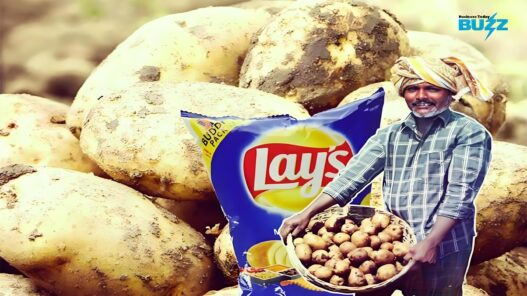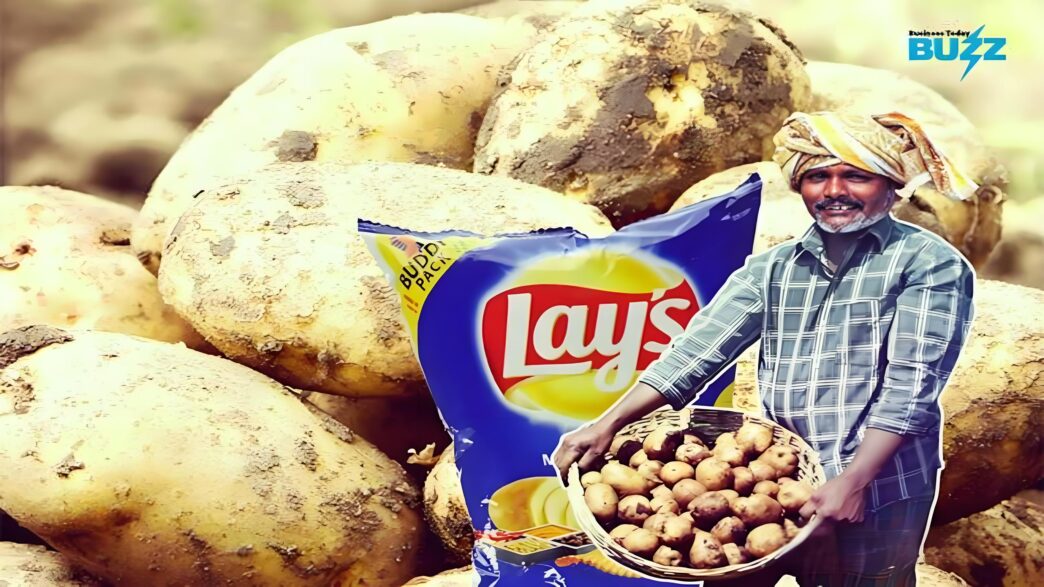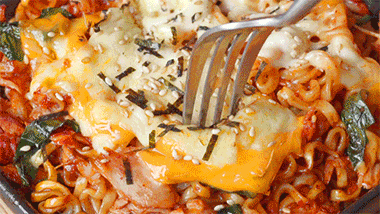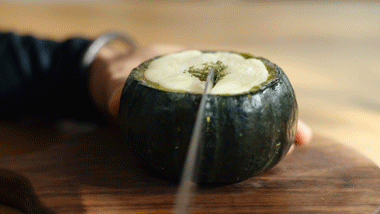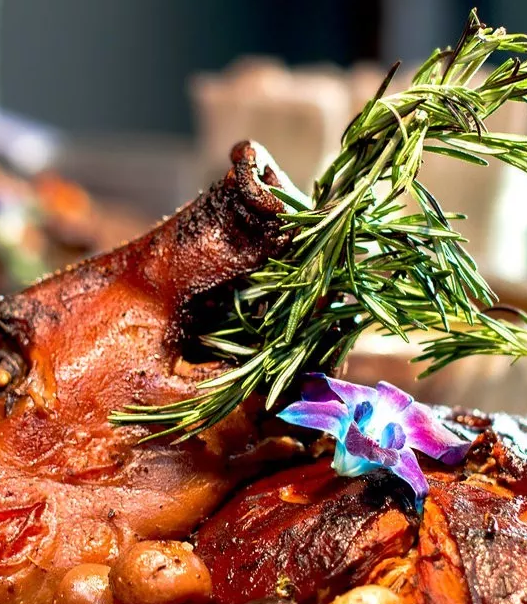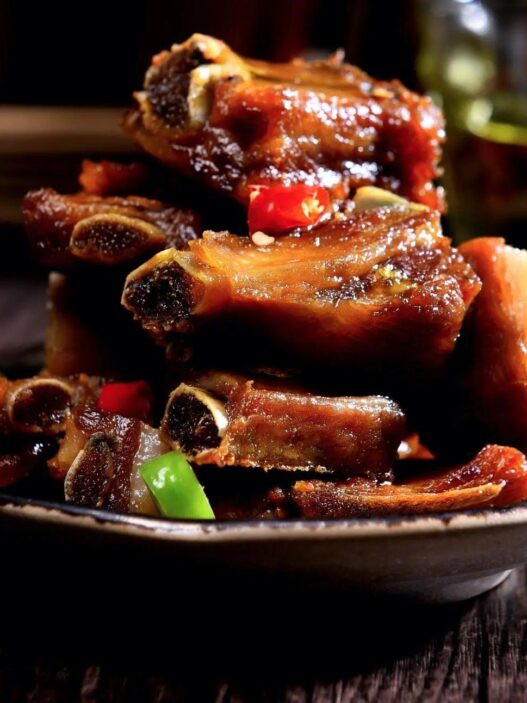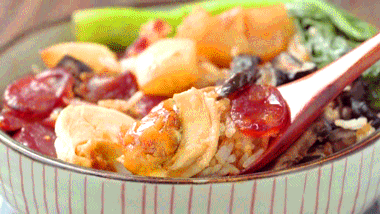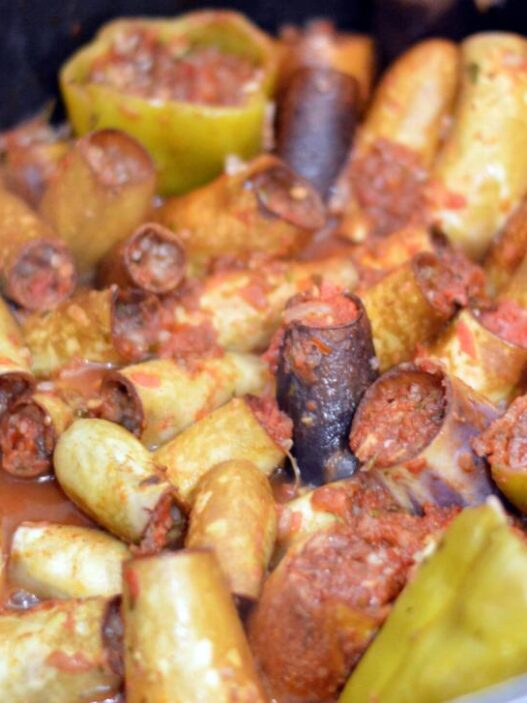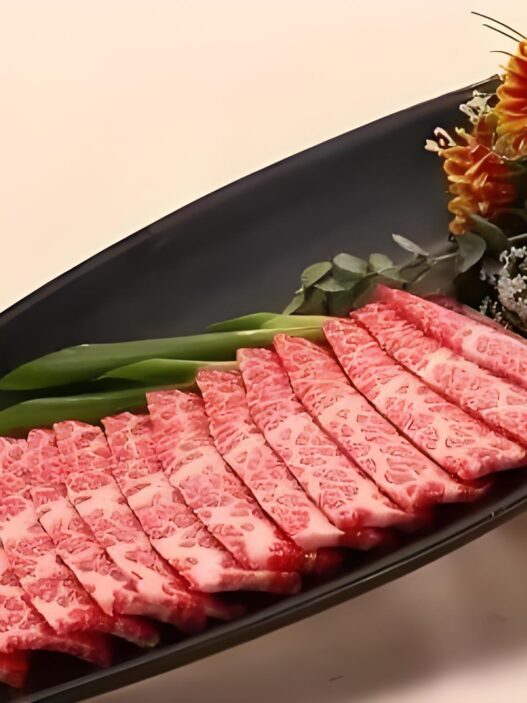When people think of cola, Coca-Cola or Pepsi usually come to mind. But in Indian Cola history, there’s one fizzy rebel that stands out: Thums Up. With more fizz, higher caffeine, and bold flavor, this iconic drink didn’t just emerge as a product—it was forged through politics, national pride, and a generous dash of spice.
Coca-Cola Quits India: The Spark That Started It All
Back in the 1950s, Coca-Cola entered India, catering mostly to the upper class. For decades, the soft drink market remained bland, with only Coca-Cola and a few drinks from local giant Parle like Gold Spot (an orange soda) and Limca (a lemon-lime drink).
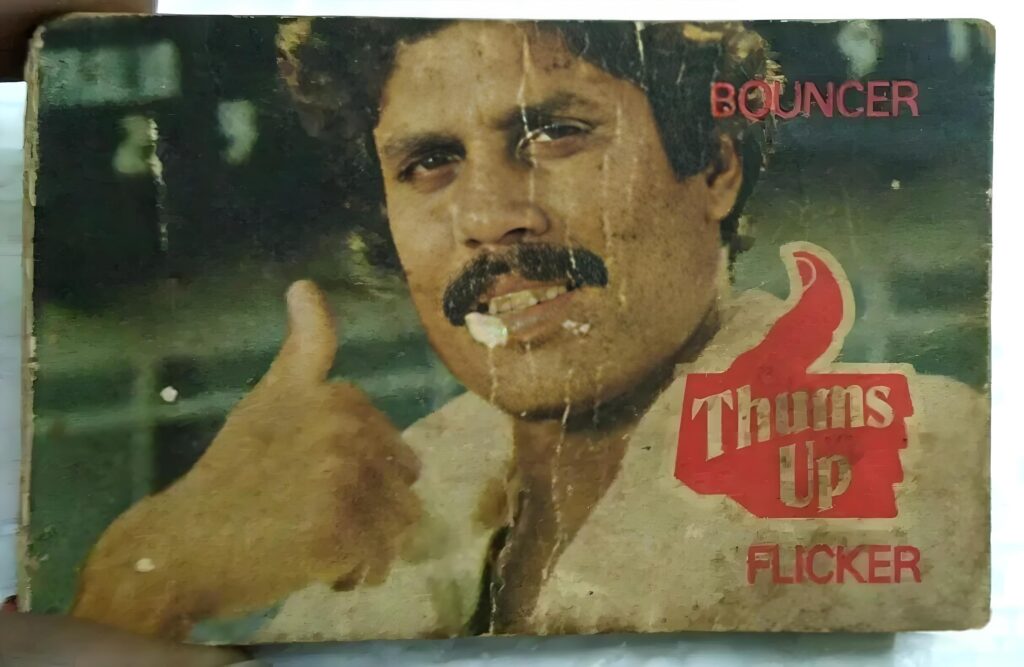
But in 1977, everything changed. India had passed the Foreign Exchange Regulation Act (FERA), capping foreign ownership at 40% and requiring technology transfers to Indian partners. Coca-Cola refused to share its “secret formula,” and after years of stalling, it exited the Indian market entirely.
Enter Thums Up: India’s Cola Revolution
Parle quickly seized the opportunity. Cola recipes weren’t rocket science—mostly vanilla, cinnamon, and phosphoric acid. But Parle decided to go bold: they increased the fizz, packed in more caffeine (13mg/100ml vs Coca-Cola’s 9mg), used cane sugar for a deeper sweetness, and added Indian spices like nutmeg and cardamom. Some joked it even had a hint of curry!
Thus, Thums Up was born—a cola for the Indian soul: stronger, spicier, and unapologetically local.
Fun fact: the brand is called “Thums Up” instead of “Thumbs Up” because the letter “b” is silent in pronunciation, and the founders figured they’d just skip it—practical and very Indian.
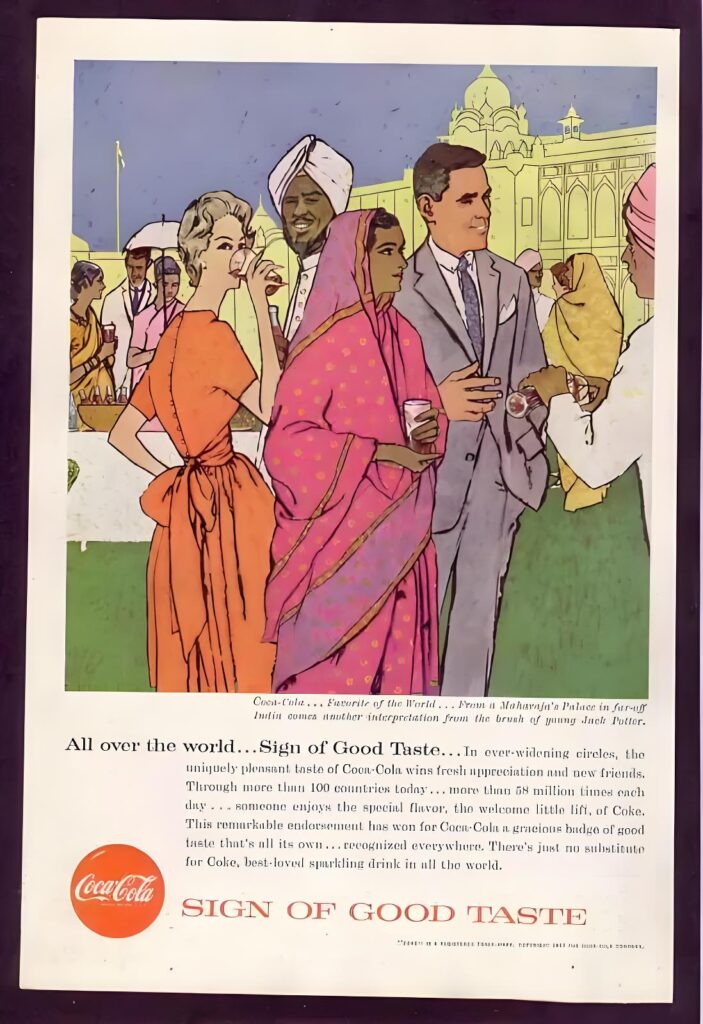
Pepsi’s Potato Strategy
In 1988, Pepsi wanted in on the Indian market. But with FERA still in place, they had to get creative. So instead of selling drinks, Pepsi entered as an agriculture company, setting up potato farms to support their Lay’s chips business. It wasn’t the most profitable route, but it created jobs and built infrastructure—a strategic long game.
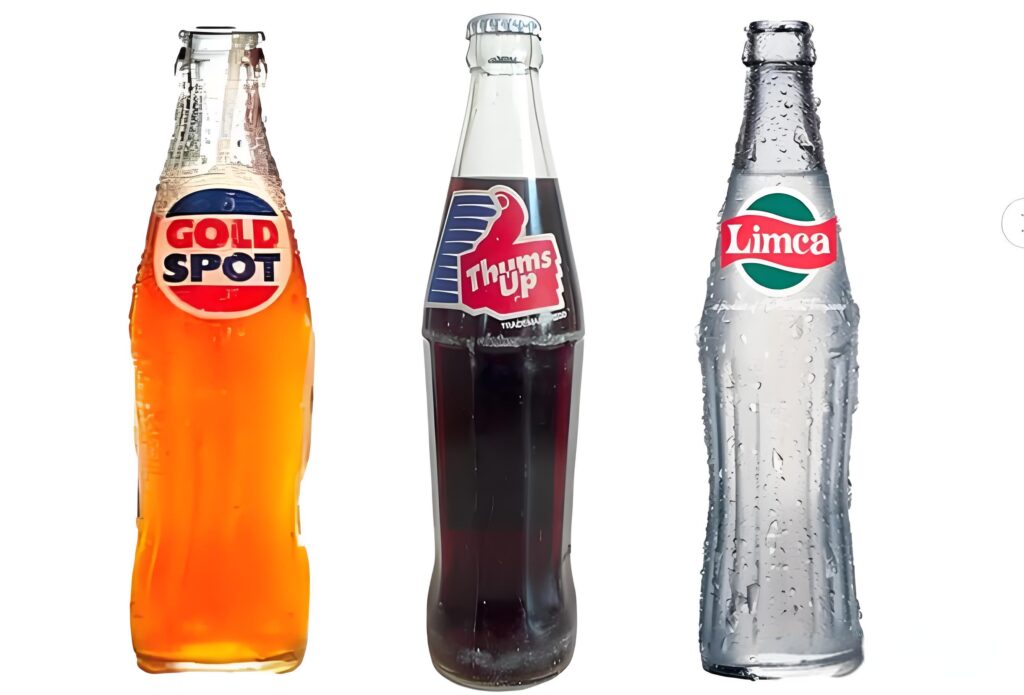
Coca-Cola Returns: Plot Twist!
By 1991, India’s economy was collapsing. The Soviet Union, India’s old ally, had disbanded. Facing economic crisis, India embraced liberalization and ditched FERA. Foreign companies were welcome again.
In 1993, Coca-Cola re-entered the Indian market—with a bang. It bought out Thums Up, Gold Spot, and Limca from Parle. Pepsi, who had spent years playing by the rules, was stunned. It was like courting someone for years, only to watch them marry a rich ex who just moved back into town.
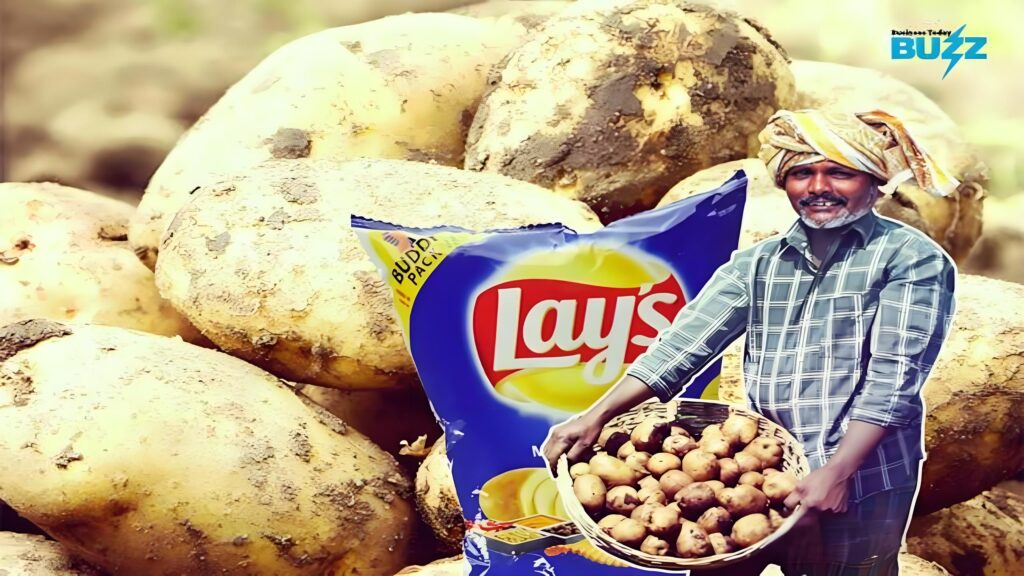
The Aftermath: Still Fizzing Strong
Coca-Cola initially hoped to replace Thums Up with its flagship drink. But they underestimated Indian loyalty. Many consumers didn’t even realize Thums Up had changed ownership. Today, it remains one of India’s top-selling colas.
Spicy, intense, and deeply Indian—Thums Up proves that sometimes, going bold pays off. Even in a global cola war, this fizzy rebel carved out a legacy that still bubbles strong.
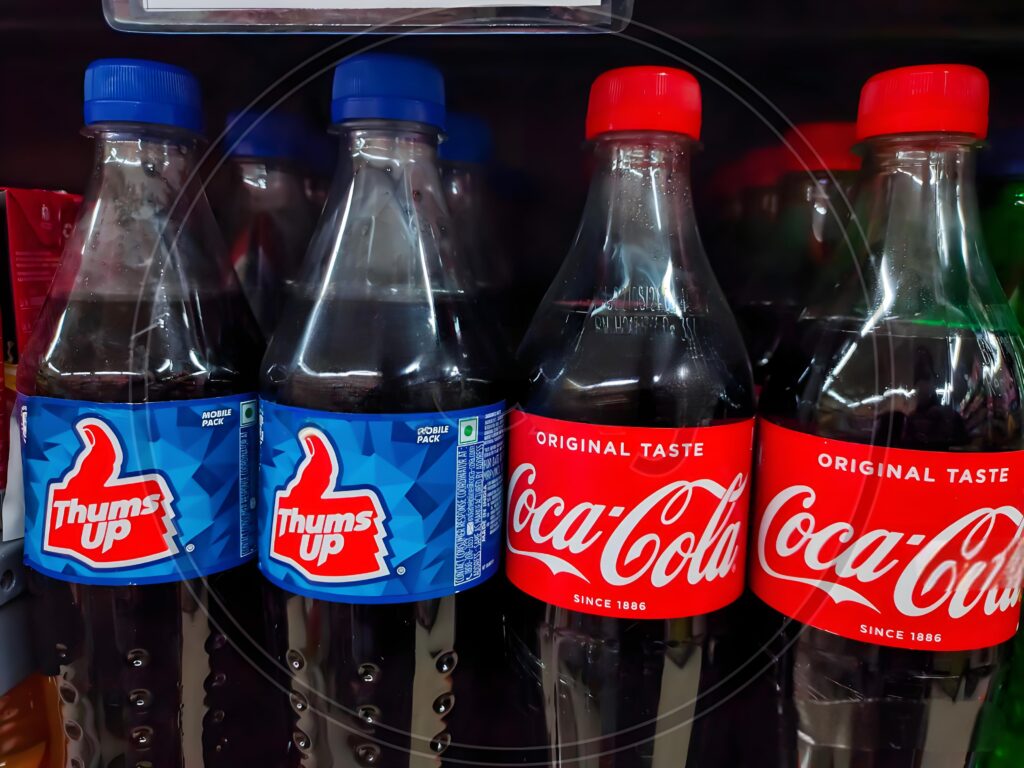
Final Thoughts
Thums Up isn’t just a drink; it’s a fizzy piece of Indian history. From a regulatory shake-up to a patriotic flavor revolution, its story is a reminder that local pride, bold flavor, and a touch of spice can create something truly iconic.







